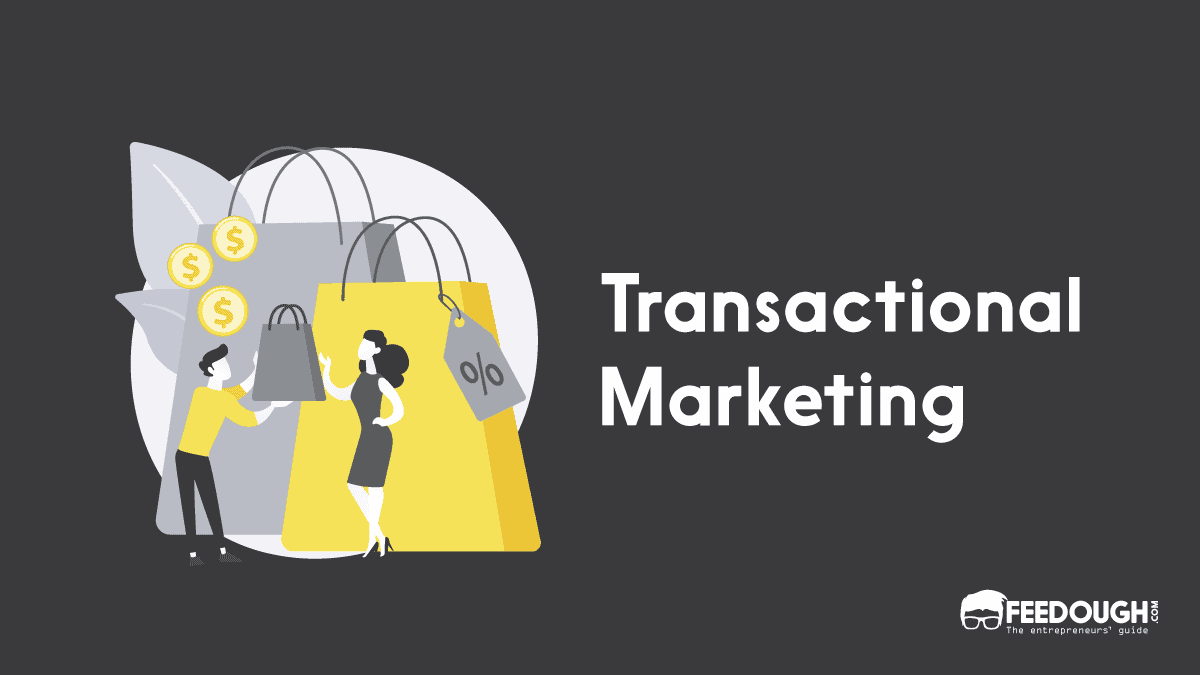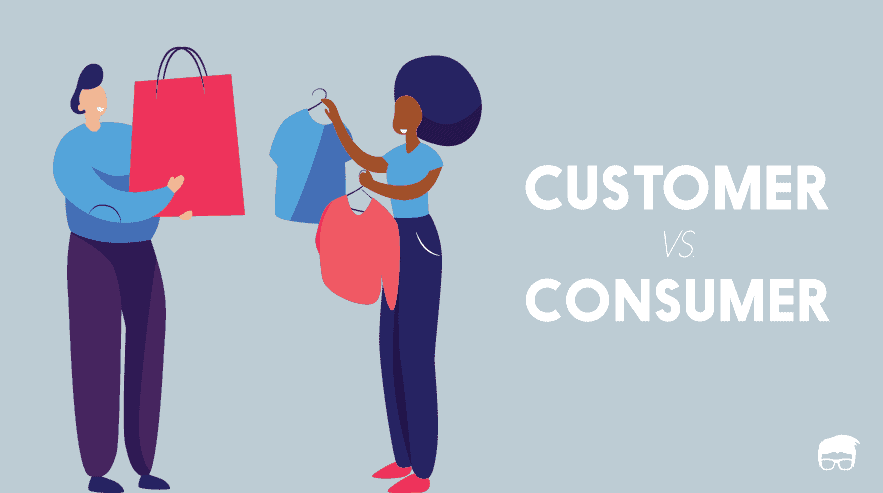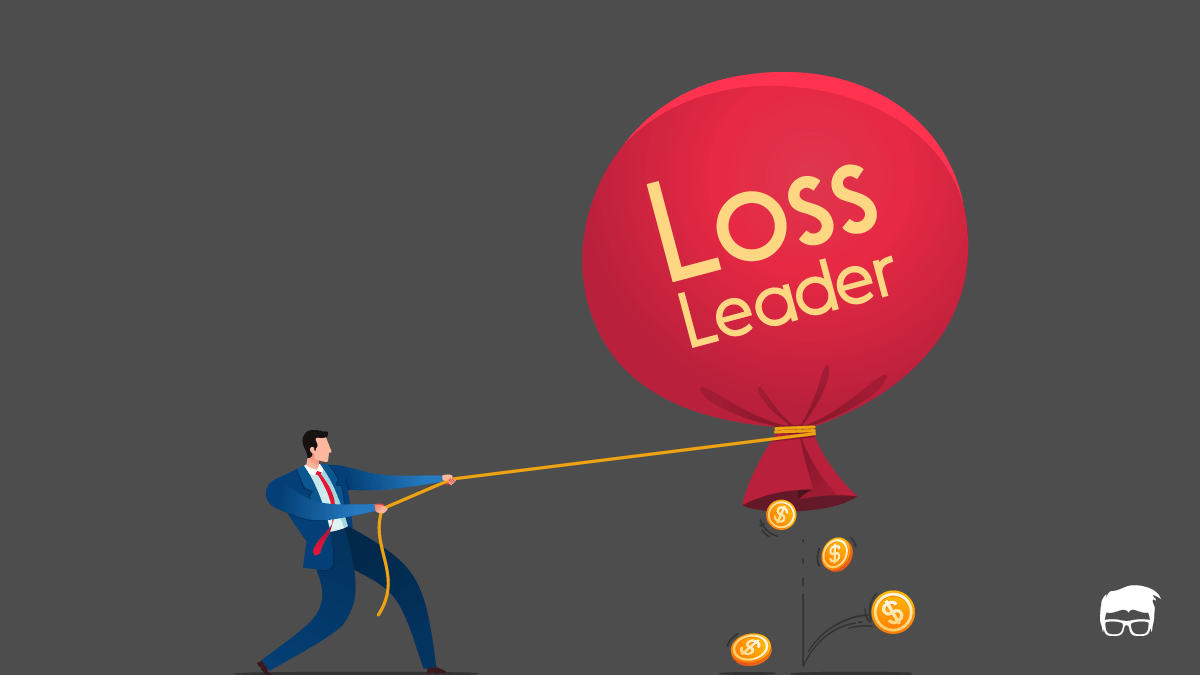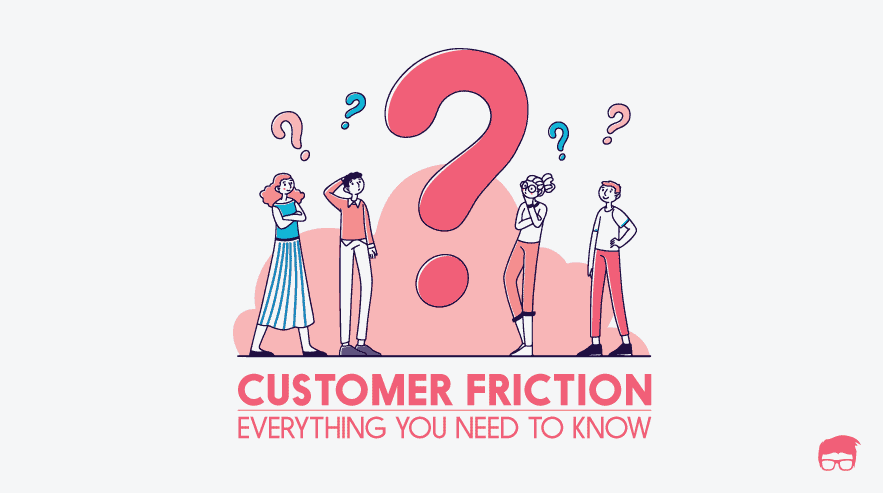For the last 63 years, McDonald’s staff’s “Would you like fries with that?” has been adding millions to the company’s revenue every year.
Even though it’s a traditional technique of recommending related or complementary products to what is being bought already, the importance of cross-selling has only increased with the passage of time.
What Is Cross-Selling?
Cross-selling is a sales strategy where the seller encourages the customer to spend more by recommending related products that complement what is being bought already.
The idea is to make the customer spend more by making him buy more things than he actually thought he would.
Cross-Selling Importance
Cross-selling is a strategy which capitalizes on the “just in case” mentality of the customers. It is an art of enhancing the shopping experience of the customers while focusing on getting the most profits out of them. Many retailers and ecommerce stores rely heavily on cross selling because:
Cross-selling Adds More To The Revenue
Cross-selling increases the sales by making customers buy more than they thought they would. It also increases the lifetime value of the customers by transforming not profitable customers to profitable customers and profitable customers to very profitable customers.
It Enhances The Customer Experience
Retailers use cross selling strategies to educate customers about related products. This enhances the customer experience as they get to know about more products which could be useful to them.
Cross-selling Isn’t Considered Annoying
Unlike many other sales strategies, cross-selling is considered as a mere suggestion and not an annoying and deceiving strategy. The strategy is even looked upon by the customer relationship managers to build good relationships with the customers.
Cross-Selling Strategies & Techniques
Just like upselling, cross selling strategies are also used at every stage of the marketing funnel. The strategies can hence be divided into three stages:
Before Sale
Product bundling and product recommendations at the customer touch points to make them look related to each other.
Ecommerce websites have recommendations and suggestions in the form of ‘most popular deal’, ‘best offer’, ‘just for you offers’ etc to increase the likeability of cross-sales.
During Sale
Recommendation by the salespersons and parasite offers at the point of sale in retail stores and ecommerce websites.
After Sale
Personalized emails, SMS, and calls to tempt customers to choose a related product.
Cross-Selling Examples
Smartphone + Smartphone Insurance
Lately, the prices of smartphones have skyrocketed and so is the demand for smartphone insurance. Many retailers, as well as ecommerce stores like Amazon, have started cross-selling insurance along with the smartphones. This has not only increased their profits but also is appreciated by the customers who don’t have to look for such insurance on other platforms.
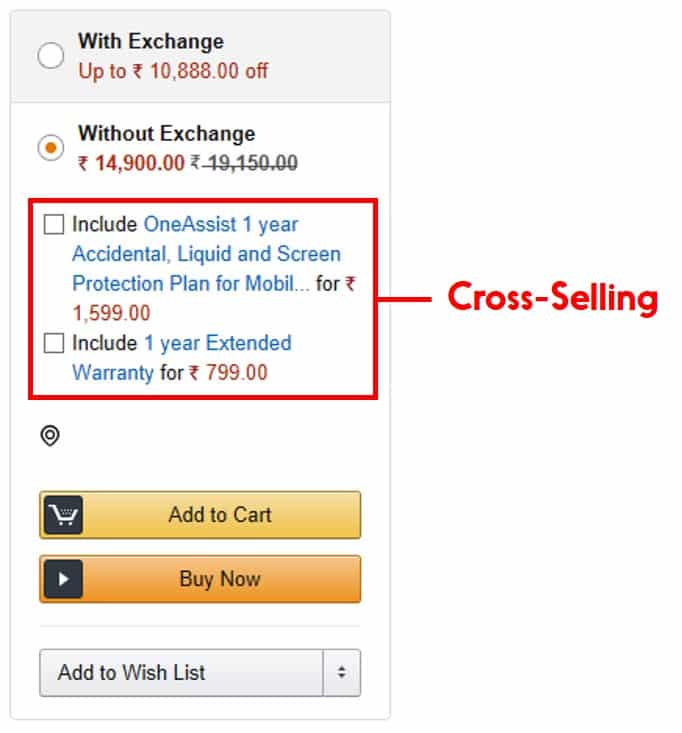
Credit Card + Instant Loans
Cross-selling instant loans to credit card holders is a perfect example of cross-selling in the banking industry. The salesmen use credit card usage data and recommend instant loans to the customers who are most likely to buy them.
Fast-Food Restaurants
“Would you like fries with that?” is a common phrase you hear at the billing counter of McDonald’s. Other fast-food restaurants implement similar strategies to make you buy related products like “Would you like a cookie with your coffee?” at Starbucks and “Would you like a cheese dip? at Domino’s.
Go On, Tell Us What You Think!
Did we miss something? Come on! Tell us what you think about our article in the comments section.
A startup consultant, digital marketer, traveller, and philomath. Aashish has worked with over 20 startups and successfully helped them ideate, raise money, and succeed. When not working, he can be found hiking, camping, and stargazing.
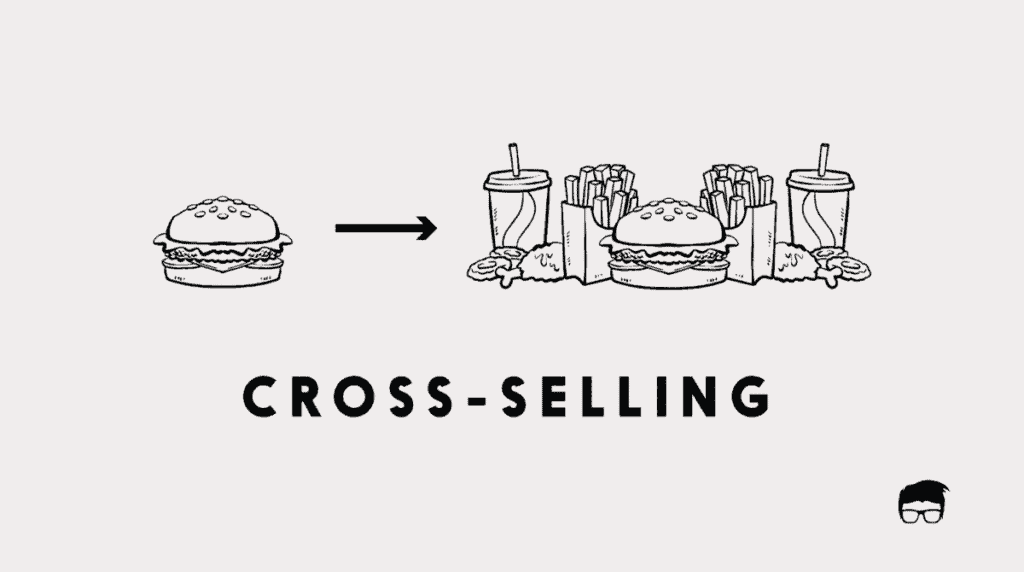
![What Is Upselling? How To Upsell? [Detailed Guide] UPSELLING](https://www.feedough.com/wp-content/uploads/2018/05/UPSELLING-20.png)
